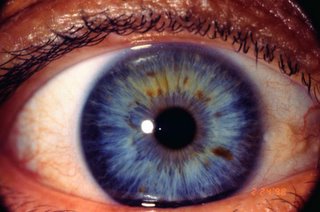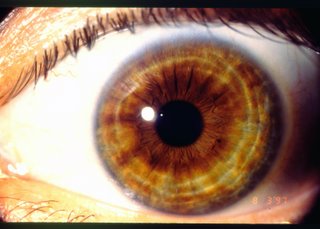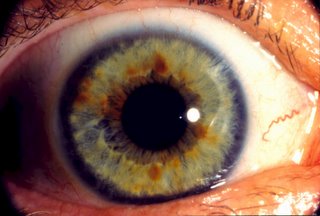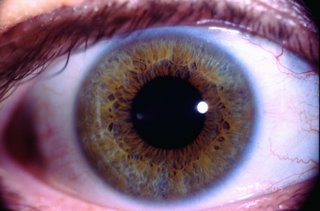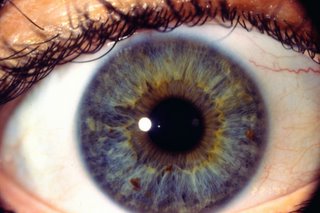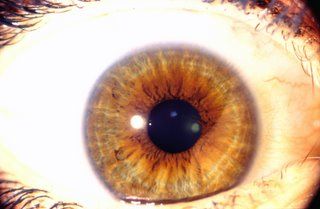The Pathophysiology of the Under-acid Stomach
but Destroying Your Health?
Certified Iridologist & Nutritional Counselor
Most people who experience ‘heartburn’ automatically and reasonably conclude that they have an over-acid stomach.
After all, that is what we are told Tums, Rolaids, Zantac, Prilosec and Pepcid AC are good for: an over-acid stomach.
And, if these over-the-counter antacids no longer work after awhile, you can always have your doctor write an order for one of the prescription antacids (Nexium, Prevacid, Protonix, or Aciphex, for example) as advertised on TV, which will solve the problem once and for all.
Right?
Well, not exactly.
An important discovery of the science of Iridology is that very few people, especially those over the age of 65, actually have an over-acid stomach. On the contrary, once heart disease and hypothyroidism have been conclusively ruled out by your doctor; and once dietary factors, obesity, and the over-use of non-steroidal anti-inflammatory drugs, etc. have also been eliminated, the single most common cause of ‘heartburn’ is a deficiency rather than an excess of stomach acid—a sign for which, in most cases, can readily be seen in the iris of the eye. (A deficiency of hydrochloric acid encourages the growth of helicobacter pylori; which, in turn, can erode the lining of the stomach, thus producing an area hypersensitive to stomach acid: i.e., ‘heartburn’.)
Rather than antacids, then, a more appropriate treatment for ‘heartburn’ is—perhaps surprisingly—plant-derived hydrochloric acid supplements; in accordance with, importantly, the basic rules of food-combining; and the precise dosage of which is best determined in consultation with a doctor with experience in the hydrochloric acid supplementation protocol.
Furthermore, taking antacids on a long term basis can result not only in ‘rebound hyperacidity’; but, also, serious health problems resulting from the interference with the critically important biological functions performed by hydrochloric acid.
Specifically, normal levels of stomach acid are necessary for: 1) the digestion of animal protein and the assimilation of the B Vitamins; 2) the destruction of ingested bacterial, viral and other pathogens; and, 3) the efficient assimilation of minerals such as calcium, magnesium, iron, chromium and zinc. Thus, the complete neutralization of stomach acid—or the complete cessation of stomach acid production altogether—can result in, or at least exacerbate, respectively: 1) arteriosclerosis; 2) gastric or duodenal ulcers; and 3) osteoporosis, hypertension, anemia, Type II diabetes and diminished immmunity.
In short, the fundamental problem of ‘self-medicating’ with antacids is that, in most cases, people don’t even have the condition they are taking the medication for in the first place. Rather, the 'burning sensation' in the stomach is a symptom of another undiagnosed medical condition; or the condition would be better resolved by taking a natural supplement which is precisely the opposite of a pharmaceutical antacid.

